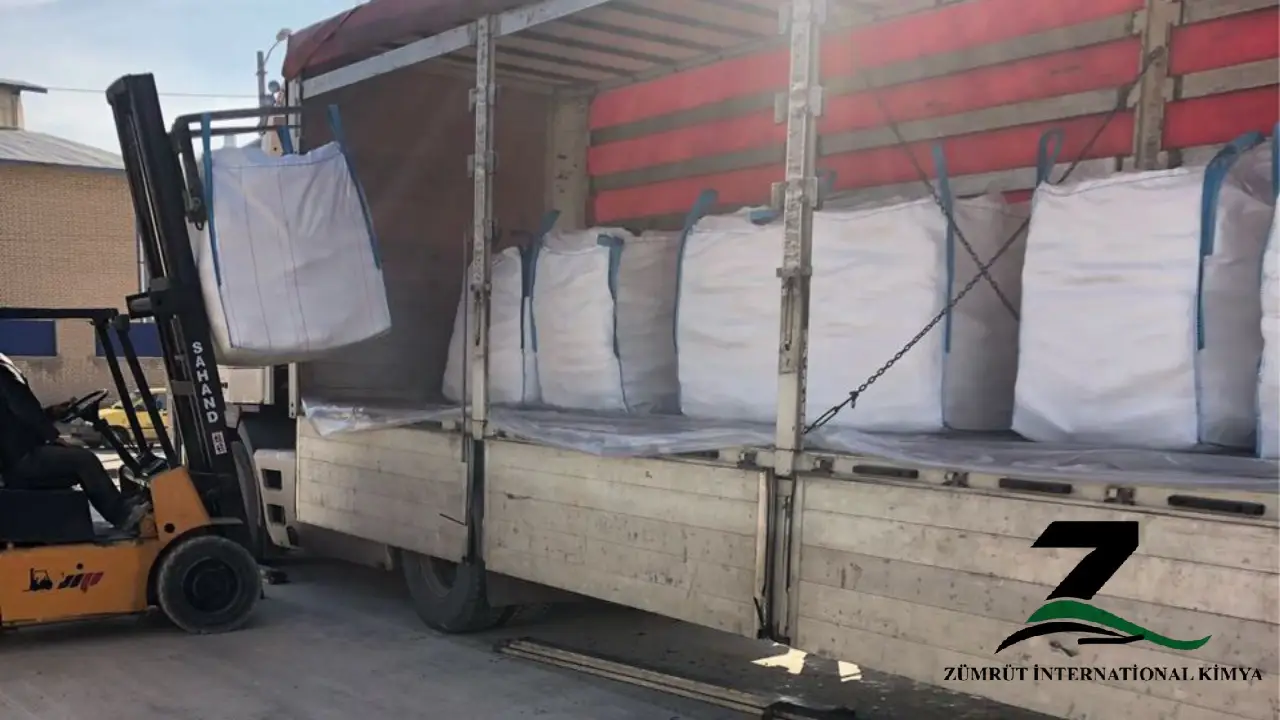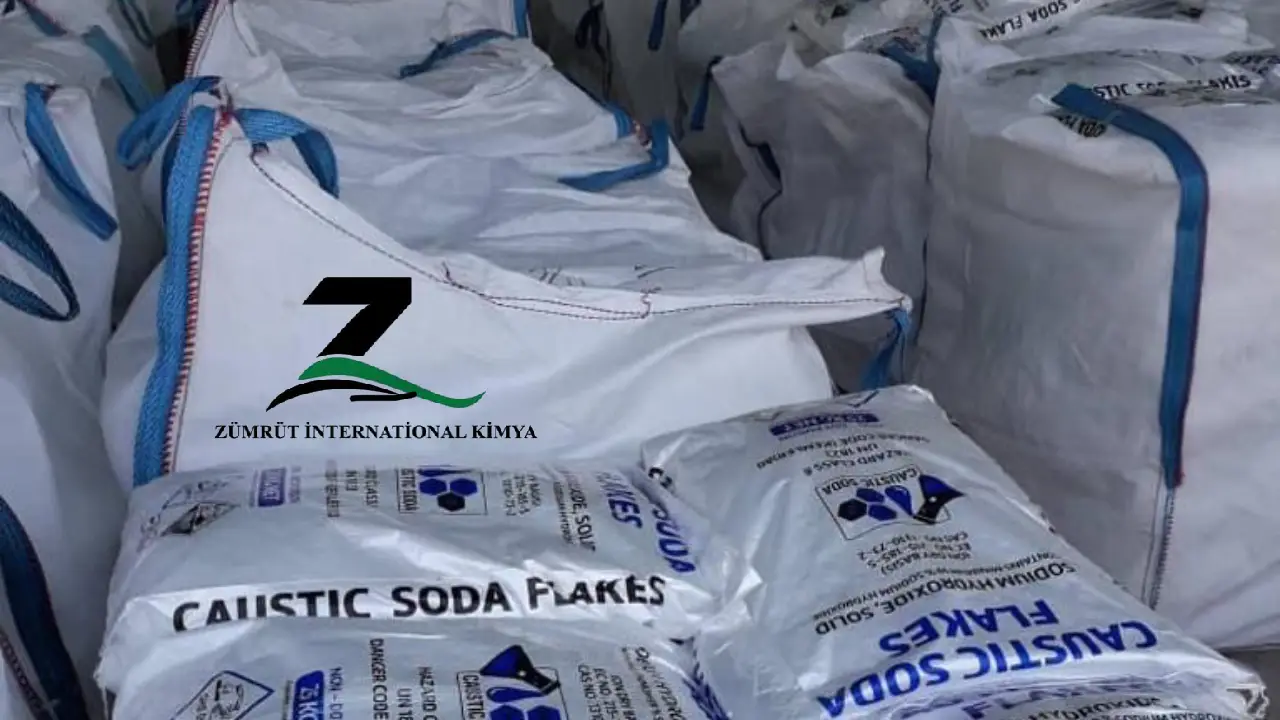
Caustic Soda for the Brazilian Market
Market Overview
has a strong demand for caustic soda (sodium hydroxide, NaOH), driven by its diverse industrial applications. The country’s paper & pulp, chemical, textile, aluminum, and soap & detergent industries are major consumers. Brazil’s economy relies on caustic soda for industrial processes, particularly in alumina refining and cellulose production.
Key Applications in Brazil
- Pulp & Paper Industry – Used in wood pulping and bleaching processes.
- Aluminum Production – Essential for extracting alumina from bauxite.
- Chemical Manufacturing – Plays a role in producing solvents, plastics, and pharmaceuticals.
- Soap & Detergents – Used in saponification for soap making.
- Textiles & Dyes – Helps in mercerizing cotton and dye production.
- Water Treatment – Adjusts pH levels and removes heavy metals.
The Importance of Caustic Soda for the Brazilian Market
- Backbone of Key Industries
Caustic soda (sodium hydroxide, NaOH) is a vital raw material in Brazil’s industrial sector, playing a crucial role in manufacturing processes across multiple industries. The country’s demand for caustic soda is driven by its paper & pulp, aluminum, chemical, textile, and water treatment sectors. - Essential for the Pulp & Paper Industry
Brazil is one of the world’s leading producers of pulp and paper, and caustic soda is a key chemical in the pulping and bleaching process. It helps break down wood fibers and remove impurities, improving the efficiency and quality of paper production. - Crucial for Aluminum Production
Caustic soda is used in bauxite processing to extract alumina, which is later refined into aluminum. Since Brazil is a major bauxite producer, caustic soda is a strategic chemical for the country’s aluminum industry. - Integral to the Chemical & Manufacturing Sector
Many chemical processes depend on caustic soda, including the production of plastics, detergents, textiles, and pharmaceuticals. Its role in pH control, neutralization, and cleaning makes it indispensable in industrial applications. - Water Treatment & Environmental Protection
Caustic soda is widely used in water purification and wastewater treatment. It helps adjust pH levels, neutralize acidic waste, and remove heavy metals, contributing to Brazil’s environmental sustainability efforts. - Rising Demand & Market Growth
Brazil’s demand for caustic soda is steadily increasing, with imports supplementing domestic production to meet industry needs. Major suppliers from the U.S., China, and Europe help sustain the country’s industrial growth.
Import & Regulatory Considerations
- ANVISA & IBAMA Compliance – Ensure caustic soda meets Brazilian environmental and safety regulations.
- Tariffs & Taxes – Import duties apply based on Mercosur Common Nomenclature (NCM).
- Storage & Handling – Must comply with strict guidelines for hazardous chemicals.

Major Suppliers & Local Demand
Brazil imports caustic soda flakes, pearls, (99%) primarily from the U.S., China, and Europe. Domestic production is strong, but imports supplement market needs due to high industrial consumption.
Important ports in Brazil
Brazil has several major ports that play a crucial role in international trade and logistics. Here are some of the most important ones:
- Port of Santos (São Paulo)
– The largest and busiest port in Brazil.
– Handles a significant portion of Brazil’s exports, including soybeans, sugar, coffee, and containerized cargo. - Port of Paranaguá (Paraná)
– One of the largest grain-exporting ports in the world.
– Major exporter of soybeans, corn, and poultry. - Port of Rio de Janeiro (Rio de Janeiro)
– Handles petroleum, chemicals, and containerized goods.
– Strategically important for Brazil’s southeastern industrial region. - Port of Itaqui (Maranhão)
– Located in the north, near agricultural and mining regions.
– Key exporter of iron ore, soybeans, and petroleum. - Port of Suape (Pernambuco)
– Important for Northeast Brazil’s economy.
– Handles liquid bulk, containers, and automobiles. - Port of Itajaí (Santa Catarina)
– One of Brazil’s main container ports.
– Essential for exporting frozen meat and other agribusiness products. - Port of Salvador (Bahia)
– Handles general cargo, vehicles, and bulk liquids.
– Important for industries in northeastern Brazil. - Port of Vitória (Espírito Santo)
– Serves the steel and mining industries.
– Handles iron ore, petroleum, and general cargo. - Port of Manaus (Amazonas)
– Located deep in the Amazon River.
– Key for the transportation of goods to and from the Amazon region. - Port of Pecém (Ceará)
– A modern, deepwater port with a major industrial complex.
– Important for steel, energy, and fruit exports.
The most important industry with the highest demand for caustic soda in Brazil
The pulp and paper industry is the most important industry in Brazil with the highest demand for caustic soda (sodium hydroxide, NaOH).
Why is the Pulp & Paper Industry the Largest Consumer?
- Largest Market: Brazil is one of the world’s top producers of pulp (especially bleached eucalyptus pulp) and paper, with a massive export market.
- Chemical Pulping Process: Caustic soda is essential in the Kraft pulping process, which is the dominant method used in Brazil to produce high-quality paper and packaging materials.
- Bleaching Agent: It is used in bleaching wood pulp to remove lignin and improve the brightness of paper products.
- Environmental Regulations: The industry relies on caustic soda for wastewater treatment and effluent control to comply with strict environmental standards.
Other Major Industries Consuming Caustic Soda in Brazil
Besides pulp and paper, other key industries demanding large volumes of caustic soda include:
- Aluminum Industry: Used in bauxite processing for alumina production (Brazil is a major producer of aluminum).
- Chemical & Petrochemical Industry: Essential for producing detergents, soaps, and other chemicals.
- Textile Industry: Used in fabric processing, especially for cotton mercerization.
- Soap & Detergent Manufacturing: A key ingredient in saponification processes.
- Water Treatment: Used in pH control and purification of industrial and municipal water supplies.
Specification of Caustic Soda
| CONTENT | TEST RESULT | UNIT |
| Al2O3 | Max 3 | PPM |
| Fe | 10 | PPM |
| Heavy Metals as Pb | Max 2 | PPM |
| Insoluble in Water | 0 | %W |
| Na2CO3 | 0.43 | %W |
| Na2SO4 | 0.0047 | %W |
| NaCl | 0.0085 | %W |
| NaOH | 98%±1 | %W |
| SiO2 | 0.0019 | %W |
| SHAPE | 0.3-1 | CM³ |



